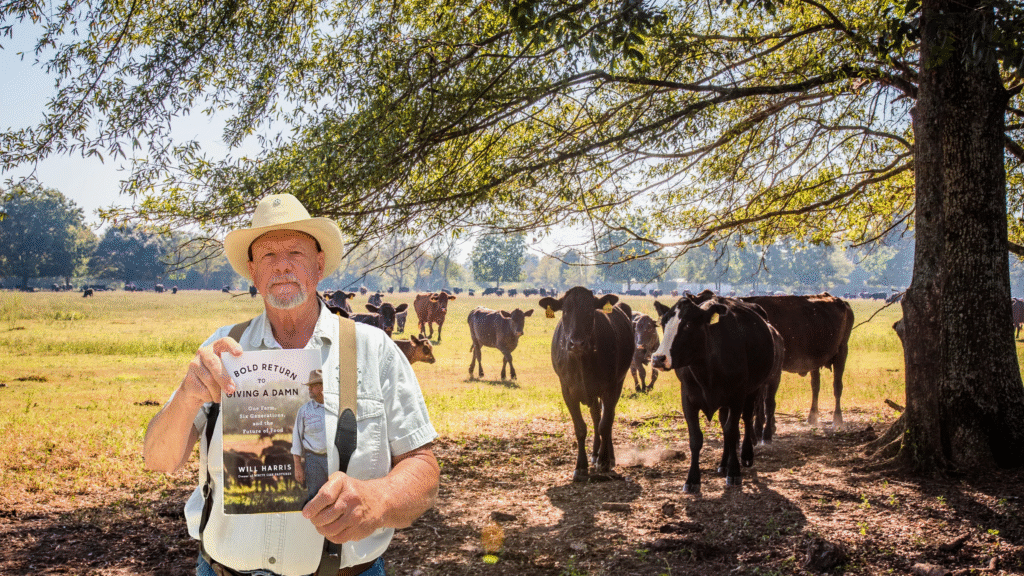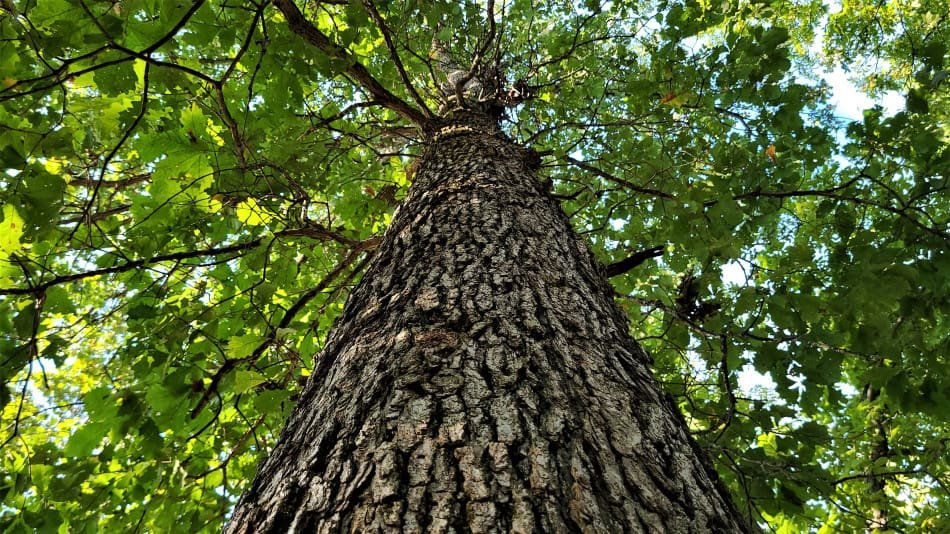Introduction
White Oak is a term that stretches far beyond the image of a single tree. It represents strength, heritage, sustainability, and adaptability across many domains of human life. From the enduring white oak tree that dominates forests to the elegance of white oak flooring in modern homes, and even to businesses that carry the White Oak name like White Oak Music Hall or White Oak Pastures, this versatile term encompasses nature, culture, and commerce. Understanding the breadth of its meaning allows us to appreciate why White Oak remains a staple in both natural ecosystems and human innovation.
The White Oak Tree
The white oak tree (Quercus alba) is one of North America,s most recognised hardwood species. Towering in height and broad in structure, it has been admired for centuries for its resilience and longevity. White Oaks are slow-growing trees, often taking decades to reach maturity, but in return, they can live for several hundred years. Their leaves, lobed and distinct, turn brilliant shades of red and purple during autumn, adding to their aesthetic appeal in landscapes.
Beyond beauty, White Oak trees hold ecological importance. They provide shelter and food for countless wildlife species. Acorns from White Oaks are a vital food source for deer, squirrels, and birds. The sturdy wood of these trees has been used in shipbuilding, barrels for ageing fine beverages, and high-end furniture, proving its strength and durability across generations. This makes the tree not only an ecological keystone but also a symbol of human craftsmanship.
Swamp White Oak
While the standard White Oak is well known, another notable variety is the swamp white oak (Quercus bicolour). As its name suggests, this tree thrives in wetter, lowland soils such as swamps, riverbanks, and floodplains. It shares many characteristics with the traditional White Oak but adapts to environments that are too damp for other hardwoods.
Swamp White Oak trees are often planted in landscaping projects because of their tolerance to harsh soil conditions and their ability to resist pests and diseases. Their leaves, with two-toned surfaces—dark green on top and whitish underneath—give them a distinctive look. In urban planning, they serve as excellent shade trees, providing natural cooling in city environments while also contributing to water management in flood-prone areas.
White Oak Wood and Flooring
One of the most popular uses of White Oak lies in construction and design, particularly in white oak flooring. The wood of White Oak is renowned for its hardness, stability, and resistance to moisture. These qualities make it an ideal choice for flooring that can withstand heavy traffic and last for decades. Homeowners often choose White Oak for its versatility, as it complements both modern and traditional interiors with ease.
The grain of White Oak is fine and straight, giving it a clean and polished appearance. Its natural hues range from light beige to medium brown, providing a neutral palette that can match various décor styles. Moreover, White Oak takes stains and finishes exceptionally well, allowing designers to create a variety of looks, from rustic farmhouse charm to sleek, contemporary elegance. Maintenance is relatively straightforward—regular cleaning and occasional refinishing can keep White Oak flooring looking pristine for generations.
In addition to flooring, White Oak wood is used for cabinetry, furniture, and even wine barrels, where its natural tannins impart unique flavours to the beverages it helps age. This multi-dimensional utility reinforces White Oak,s place as a prized material in woodworking and interior design.
White Oak Pastures

Moving beyond trees and wood, the name White Oak is also tied to sustainable agriculture, most famously through White Oak Pastures. Located in Georgia, White Oak Pastures is a regenerative farm that has gained national recognition for its holistic approach to farming. Instead of relying on industrial practices, the farm emphasises animal welfare, soil restoration, and community involvement.
White Oak Pastures operates on a closed-loop system, where every part of the process is designed to minimise waste and promote ecological balance. Livestock are raised humanely, grazing on open pastures that enrich the soil rather than deplete it. The farm also supports local communities by providing jobs and producing high-quality, ethically raised meat and produce.
What makes White Oak Pastures unique is its dedication to regenerative agriculture—a method that not only sustains the land but improves it for future generations. This approach stands as a model for other farms worldwide, proving that profitability and environmental responsibility can coexist harmoniously.
Regal White Oak
The term Regal White Oak often appears in commercial contexts, such as product lines, developments, or branding that leverage the strong and noble qualities associated with White Oak. Regal White Oak can refer to flooring collections, residential projects, or lifestyle brands that emphasise durability, sophistication, and tradition. By adopting the (Regal) title, these products highlight White Oak,s reputation as a timeless and premium material.
In flooring collections, Regal White Oak often represents high-end planks with superior finishes, marketed to homeowners seeking luxury combined with resilience. In real estate, it may serve as a name for neighbourhoods or communities designed to evoke a sense of elegance and rooted tradition. Regardless of context, Regal White Oak reflects the enduring influence of White Oak as a symbol of strength and refinement.
White Oak Music Hall
Though the phrase White Oak is closely tied to trees and wood, it also extends into cultural spaces like White Oak Music Hall. While not directly linked to the wood itself, the name likely draws upon the associations of White Oak with endurance, tradition, and gathering. The music hall has become a landmark for community events, entertainment, and cultural engagement, adding another dimension to how the White Oak name resonates with the public.
It stands as a reminder of how deeply integrated the term (White Oak) has become in modern life. Whether it,s a tree in the forest, a piece of furniture in a home, or a space for communal experiences, White Oak carries connotations of strength, longevity, and shared history.
Cultural and Practical Significance of White Oak
Throughout history, White Oak has symbolised endurance and resilience. In many cultures, the oak tree has been revered as sacred, often representing wisdom, strength, and protection. The white oak tree specifically has been valued in North America by indigenous communities for its practical uses and by settlers for its durable timber.
Practically, White Oak,s versatility is unmatched. It finds its way into homes through white oak flooring, into agriculture via White Oak Pastures, into landscaping with swamp white oak, and even into branding through Regal White Oak. The common thread is reliability—whether in nature, construction, or community identity, White Oak continues to embody trust and longevity.
Challenges and Conservation
Despite its strengths, the White Oak species faces challenges. Climate change, habitat destruction, and invasive pests threaten its natural populations. The long growth cycle of White Oak trees means that once they are lost, they are not easily replaced. Efforts to conserve and sustainably harvest White Oak are critical for ensuring its availability for future generations.
Forestry management practices, replanting efforts, and public awareness campaigns are all part of preserving the White Oak legacy. Supporting sustainable wood products, choosing farms like White Oak Pastures, and planting swamp white oaks in urban environments are ways individuals can contribute. By prioritising conservation, society can protect not only a species but also a cultural and ecological heritage.
Conclusion
White Oak is far more than just a tree—it is a multifaceted symbol that spans ecology, architecture, agriculture, and culture. The white oak tree provides life and shelter in forests, while white oak flooring brings beauty and durability into homes. The swamp white oak adapts to challenging environments, and White Oak Pastures demonstrates how agriculture can be both profitable and regenerative. Regal White Oak conveys elegance in commercial branding, and White Oak Music Hall connects communities through shared experiences.
Together, these varied expressions of White Oak highlight its versatility and enduring value. Whether in forests, homes, farms, or communities, White Oak remains a steadfast presence—rooted in tradition, flourishing in modern life, and offering lessons in sustainability for the future.
READ MORE: selftimes


